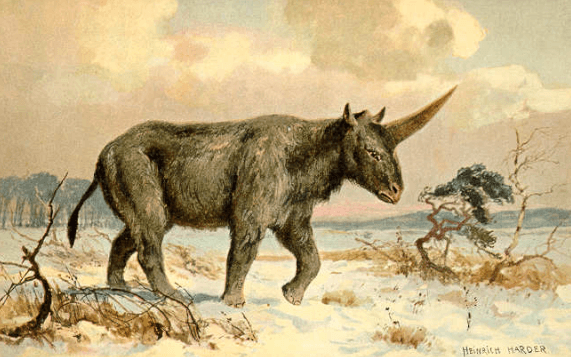Researchers have found fossil fragments that indicate the so-called Siberian Unicorn last walked the Earth a mere 29,000 years ago.
The updated timeline is a huge jump since scientists thought the creature died out around 350,000 years ago.
About 20 fossilized mammal teeth and bones were found in Kazakhstan.





